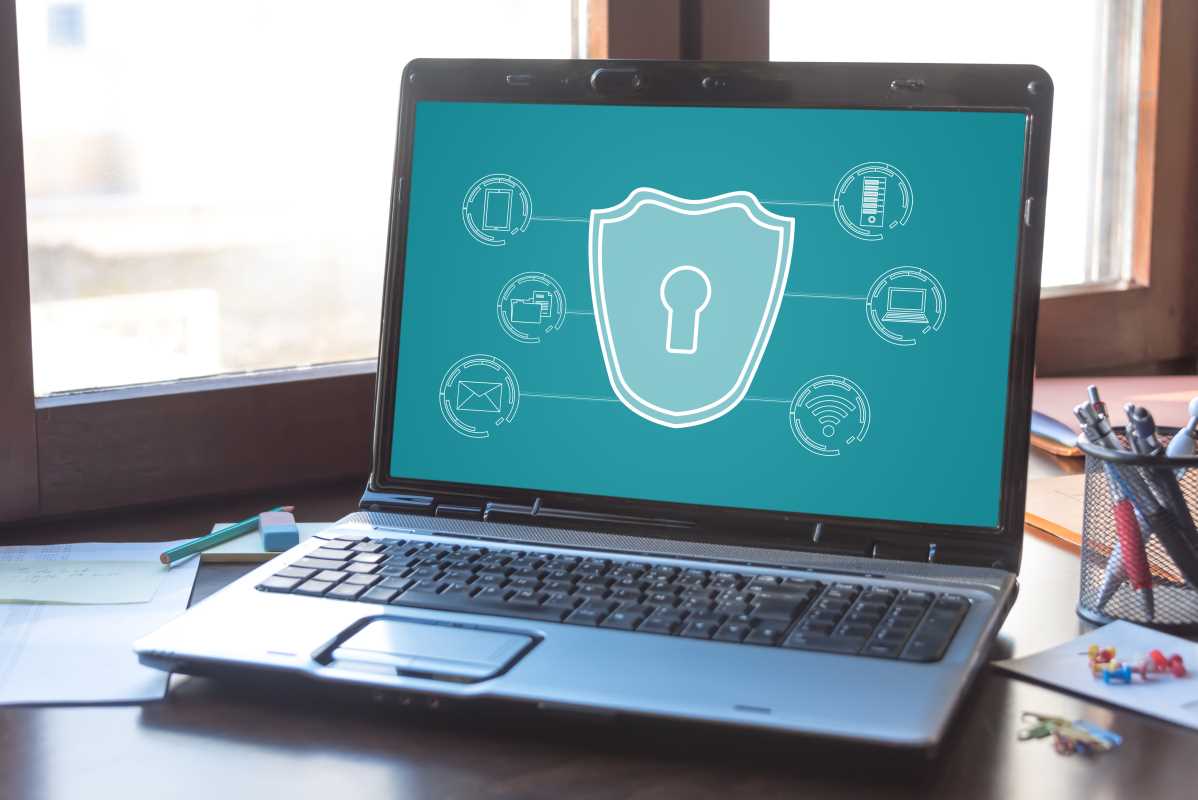Every team can enhance their online safety by taking simple yet thoughtful actions, as this article reveals. With the growing trend of remote work, safeguarding information has become crucial. Even minor errors can escalate into significant problems, such as data breaches, highlighting the need for robust defenses. Although cyber threats can sometimes feel overwhelming, the right strategies empower everyone to create a more secure work environment. By being proactive and vigilant, teams can navigate the digital landscape confidently and protect their valuable information from potential risks.
Security is not just a one-time installation or a set-it-and-forget-it task. It is an ongoing process that involves constantly updating your methods and tools. This article will walk through practical suggestions and a few real-world examples to make raising your team’s security level accessible, understandable, and possible for all.
Why Every Team Needs cybersecurity tools
The internet has opened new opportunities, but it has also introduced several risks that every team should be aware of. Insecure systems invite hackers who aim to disrupt operations or steal sensitive work data. Recognizing the common risks is essential:
- Phishing emails try to trick you into sharing personal information.
- Ransomware locks your files and demands payment for access.
- Unauthorized access happens because of weak or reused passwords.
- Malware can infect computers and spread through the network.
Understanding these risks makes it easier to see why the right tools matter so much. Every mistake in judgment or overlooked update can leave the door open to potential threats that are becoming more frequent as remote work continues to grow across different setups.
Each team must take security seriously to protect their ideas and sensitive information from those looking for vulnerabilities. With the right set of services and software, teams can shift their approach to digital safety from a reactive fight to a proactive plan.
Top Must-Have Cybersecurity Tools
Choosing the right tool can seem overwhelming at first, but breaking them down helps focus on the individual strengths of each option. Here are seven essential options each team should consider to strengthen their security arsenal:
1) Antivirus Software (e.g., Norton, McAfee, Bitdefender)
- Antivirus software serves as the first line of defense, continuously scanning your systems for viruses, malware, and other malicious code. Tools like Norton and McAfee use advanced algorithms to detect and remove threats in real-time, ensuring your devices remain secure. Bitdefender stands out with its robust anti-phishing features and lightweight performance.
2) Password Manager (e.g., LastPass, Dashlane, Keeper)
- Password managers help create and securely store strong, unique passwords for all your accounts. For example, LastPass and Dashlane simplify password management by autofilling login credentials while encrypting them for protection. Keeper goes a step further with alerts for weak or reused passwords, reinforcing your digital safety.
3) Firewall (e.g., Cisco ASA, Palo Alto Networks, ZoneAlarm)
- A reliable firewall acts as a barrier, monitoring network traffic to block unauthorized access while allowing safe data to flow. Cisco ASA and Palo Alto Networks provide enterprise-level solutions with advanced threat prevention capabilities. ZoneAlarm offers a user-friendly option for personal and small business use.
4) Encryption Software (e.g., VeraCrypt, AxCrypt, BitLocker)
- Encryption tools ensure that sensitive data remains unreadable to unauthorized users. VeraCrypt excels in encrypting entire storage devices, while AxCrypt is ideal for individual file encryption. Microsoft's BitLocker integrates seamlessly with Windows OS to protect data on laptops and desktops.
5) Virtual Private Network (VPN) (e.g., NordVPN, ExpressVPN, CyberGhost)
- A VPN encrypts your internet connection, making your online activities private and secure. NordVPN and ExpressVPN provide fast, reliable connections while hiding your IP address. CyberGhost specializes in safe access to geo-restricted content, ensuring robust privacy, even on public networks.
6) Multi-Factor Authentication (MFA) (e.g., Duo Security, Google Authenticator, Microsoft Authenticator)
- MFA adds an extra layer of security by requiring additional verification steps to log in. Duo Security offers advanced options for enterprises, while Google Authenticator and Microsoft Authenticator provide simple, reliable solutions for personal and small business use. These tools make unauthorized access significantly more difficult.
7) Security Information and Event Management (SIEM) Tools (e.g., Splunk, SolarWinds, IBM QRadar)
- SIEM solutions analyze system logs and network activities, helping identify unusual patterns that might indicate a security threat. Tools like Splunk and IBM QRadar offer detailed analytics for large-scale environments, while SolarWinds provides an accessible option for smaller teams.
By employing these tools in a layered approach, you create a comprehensive net of protection. Each tool reinforces the others, ensuring that if one defense is compromised, another is ready to step in. A thoughtful investment in the right tools is essential for mitigating the risks of modern cybersecurity threats.
Best Practices for Staying Secure
Maintaining security requires ongoing attention and simple practices that all team members can follow. Implement these practical tips to uphold high security standards:
- Update all software and operating systems regularly to fix vulnerabilities.
- Educate the team on how to spot phishing attempts and suspicious links.
- Back up important data frequently and store backups securely.
- Test the effectiveness of your cybersecurity measures through periodic reviews.
- Keep logs of all activities to monitor for unexpected behavior.
Teaching the entire team about cyber risks is as vital as installing the right tools. Building trust through secure measures and continuous learning creates an environment where everyone acts as a protector of the data.
Use the right tools and daily habits to protect your work and reduce risks. Make security a part of your routine for a safer workspace.







